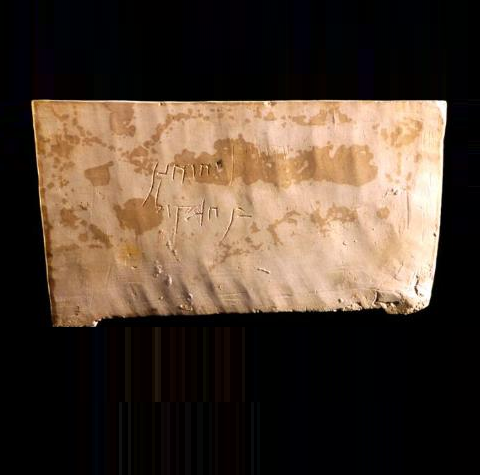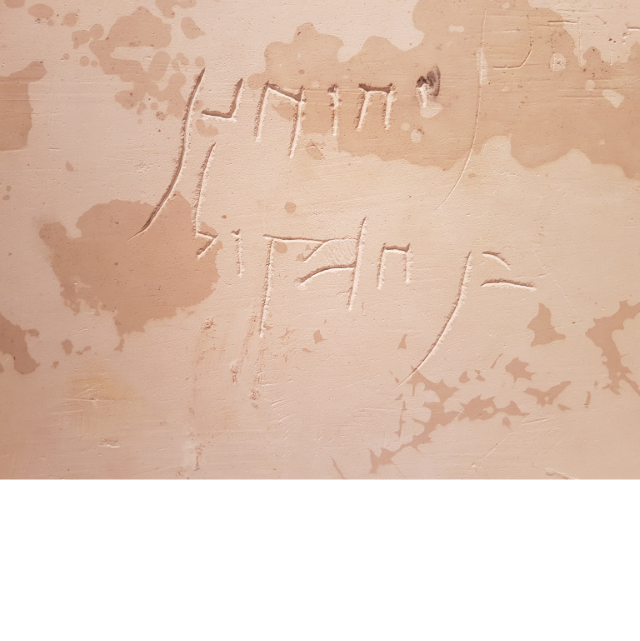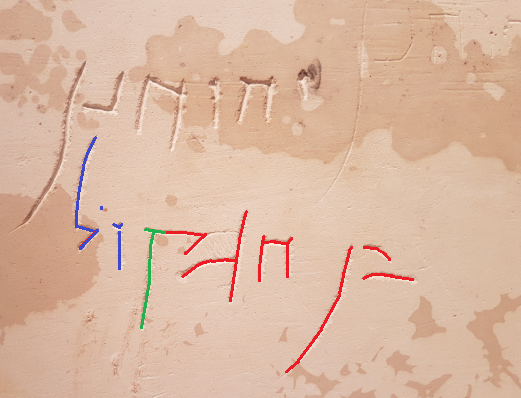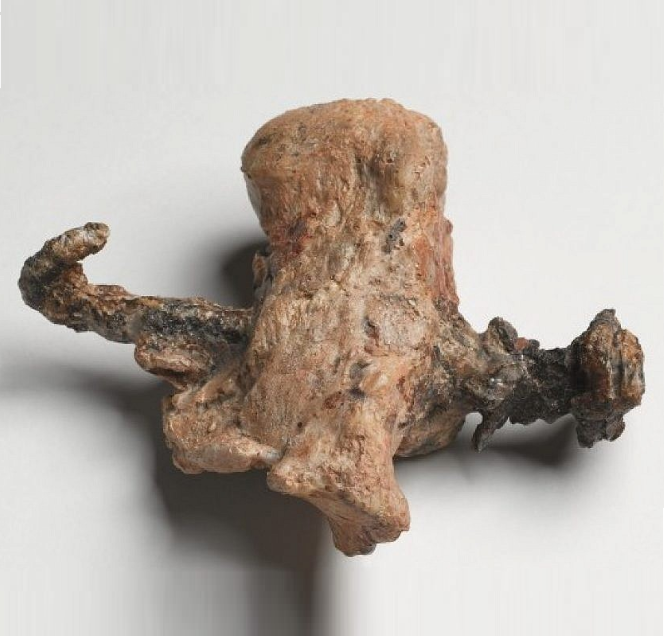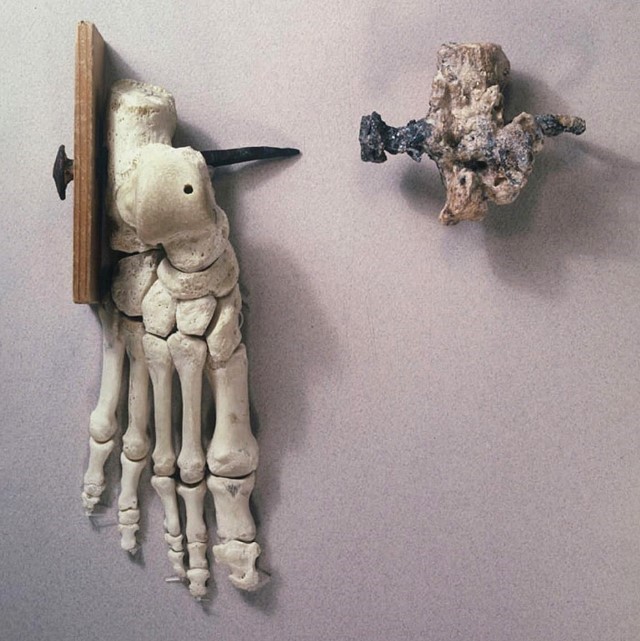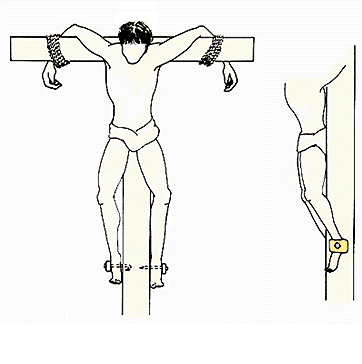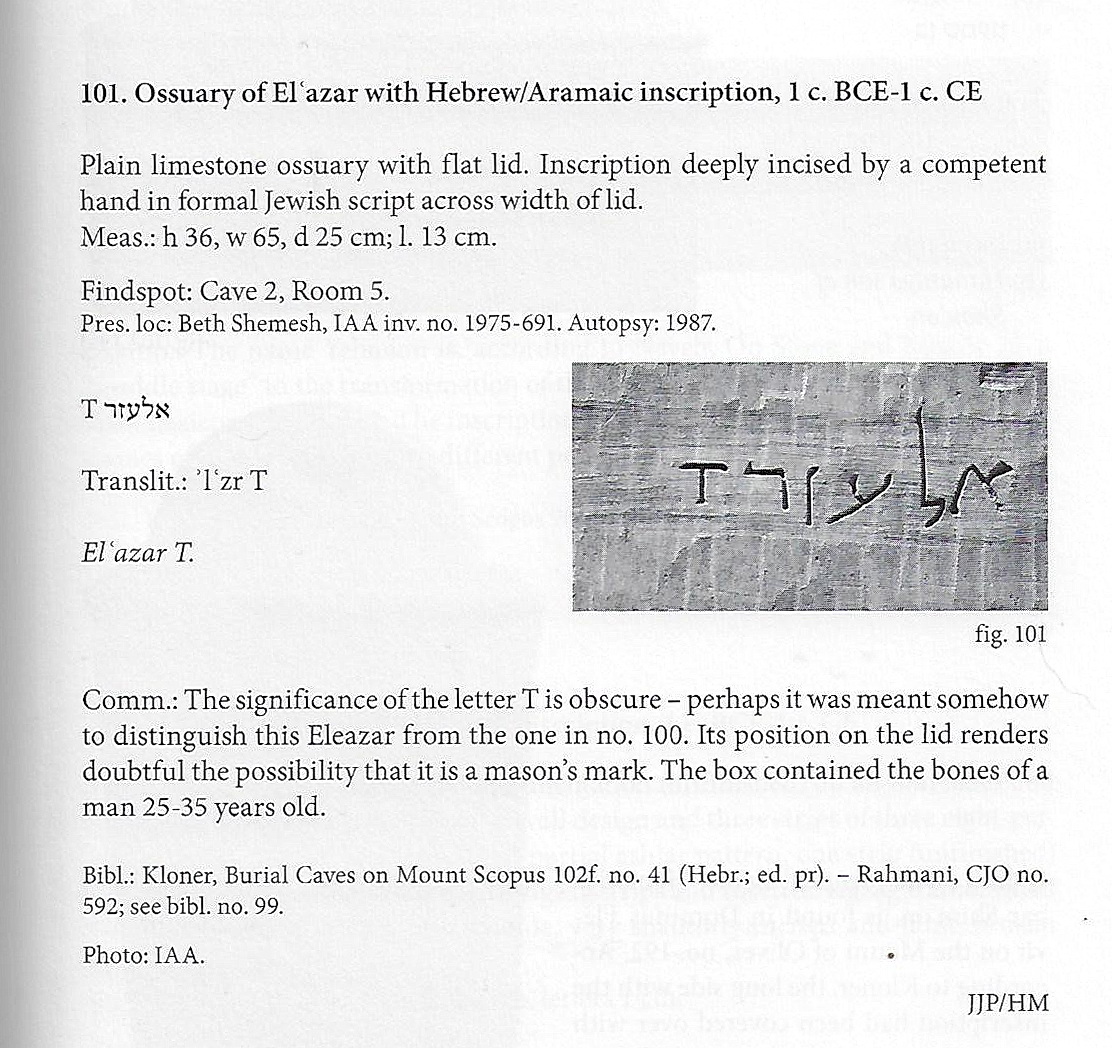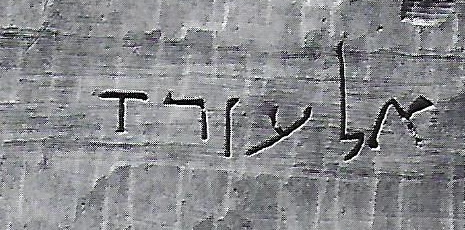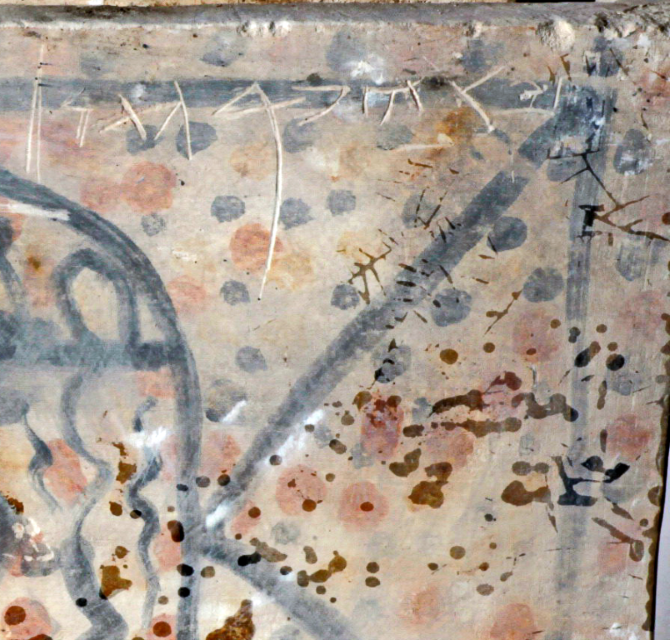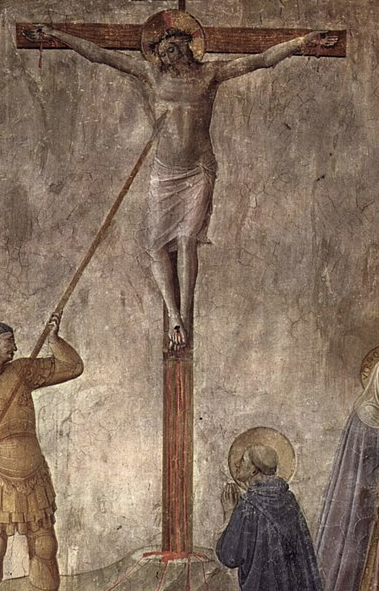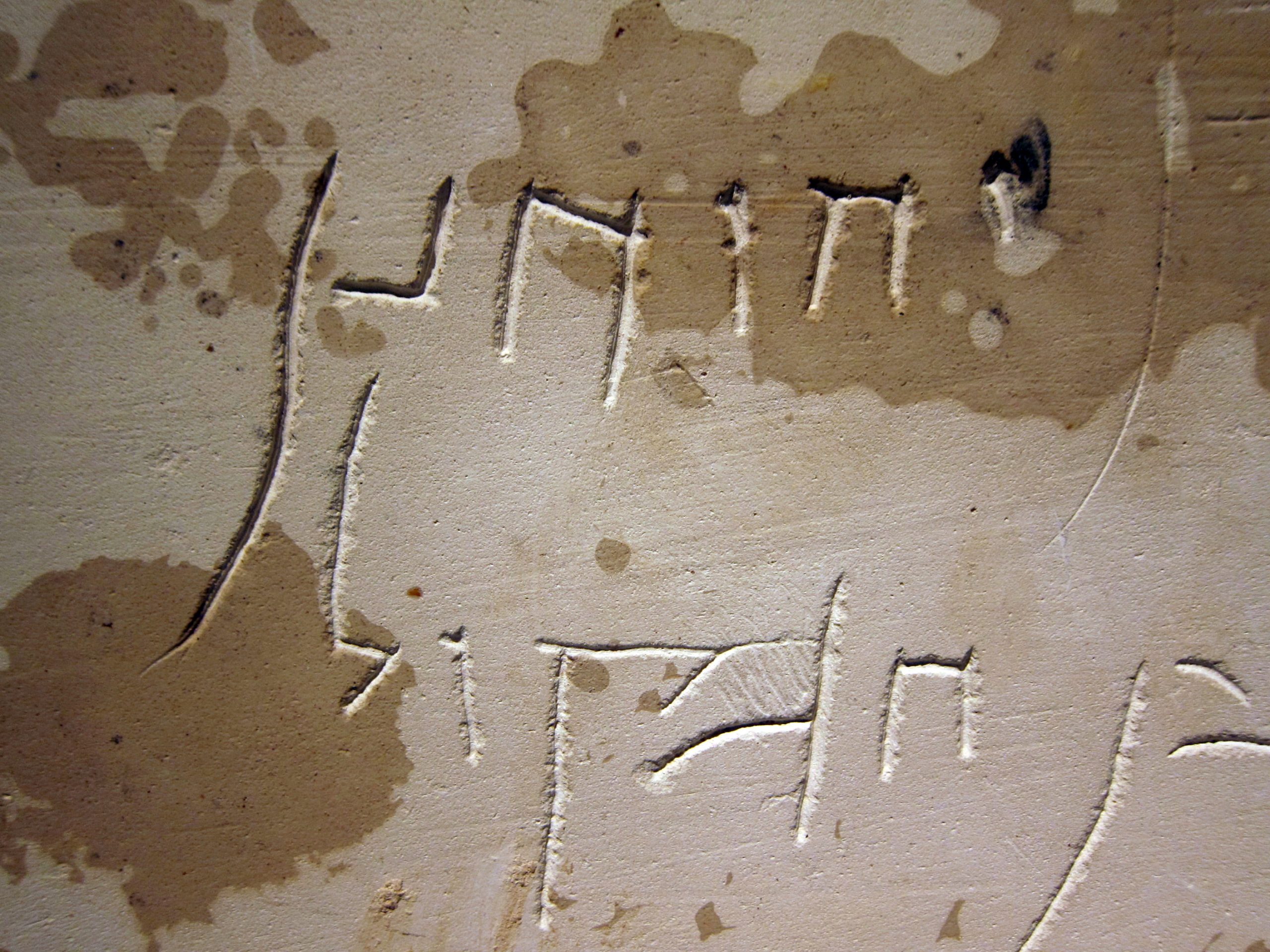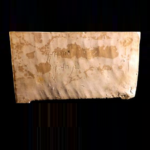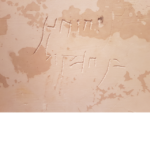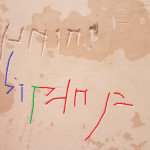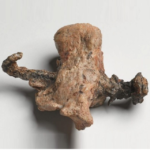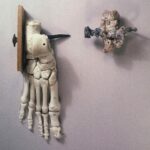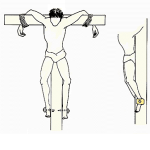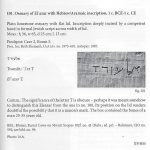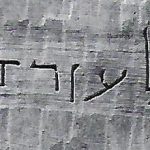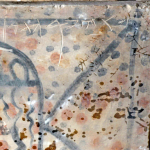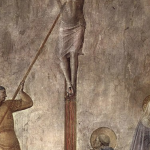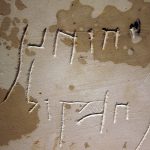The ossuary of Yehohanan, son of the Proselyte ZOL (Zoilos) – The ossuary of a crucified Man. Givat Ha’Mivtar, Jerusalem. Early Roman period
barcode
73720
Site item id
19676
Collection name
Item period
Yehohanan son of the Proselyte ZOL (Zoilos) - The Ossuary of a Crucified Man
Givat Ha’Mivtar, Northern Jerusalem. Early Roman period.
Examination of the skeletal remains in the ossuary indicates that the deceased was a male in his twenties. His right heel was pierced by a large iron nail, with remnants of olive wood still attached (see photo 2), and the bones of his feet were broken. The findings suggest that the individual had been crucified. This is the only known example in Israel of human remains of a crucified person (another such case is known from northern Italy).
The ossuary also contained the bones of a child approximately 3–4 years old and likely an additional adult male. In the burial cave, the ossuary "Simon Bone HaHekhal" = Semon, the builder of the Temple, was also found.
Various scholars (Prof. Neve, Y.L. Rahmani, Amos Kloner, Yigal Yadin) have read Yehohanan’s father name as "Hagakol," "Hazkil," or "HaAkkul," all of which are probably incorrect. It is likely that the correct reading of the first five letters in the second line is "Ben HaGer" (“son of the proselyte”). Conversion to Judaism in the first century CE was relatively common, and the word "HaGer" (=the convert) is also attested in other ossuary inscriptions from the period (see the ossuary "Abba Yosef HaGer," Golan Collection, on this site).
It is possible that Yehohanan’s father was named Zoilos (Ζωΐλος), and its abbreviated transliteration in Hebrew could appear as Zol. In this case, the letter zayin received (during the engraving, which was apparently done in darkness inside a cave) a very long vertical stroke. The name Ζωΐλος (Zoilos) is an ancient Greek name with a positive meaning. It was in use in the Hellenistic and Roman world, though not among the most common names. Its meaning is: “belonging to life” or “man of life.”
Another possible reading is that we should read the inscription: Yehohanan son of the proselyte T OL, and the “letter” “T” is not a letter but actually represents a symbol of a cross, which at that time could appear in the shape of the letter T, with the letters "ol" (or "zl") following it. (see photo of the ossuary of Elazar T)
